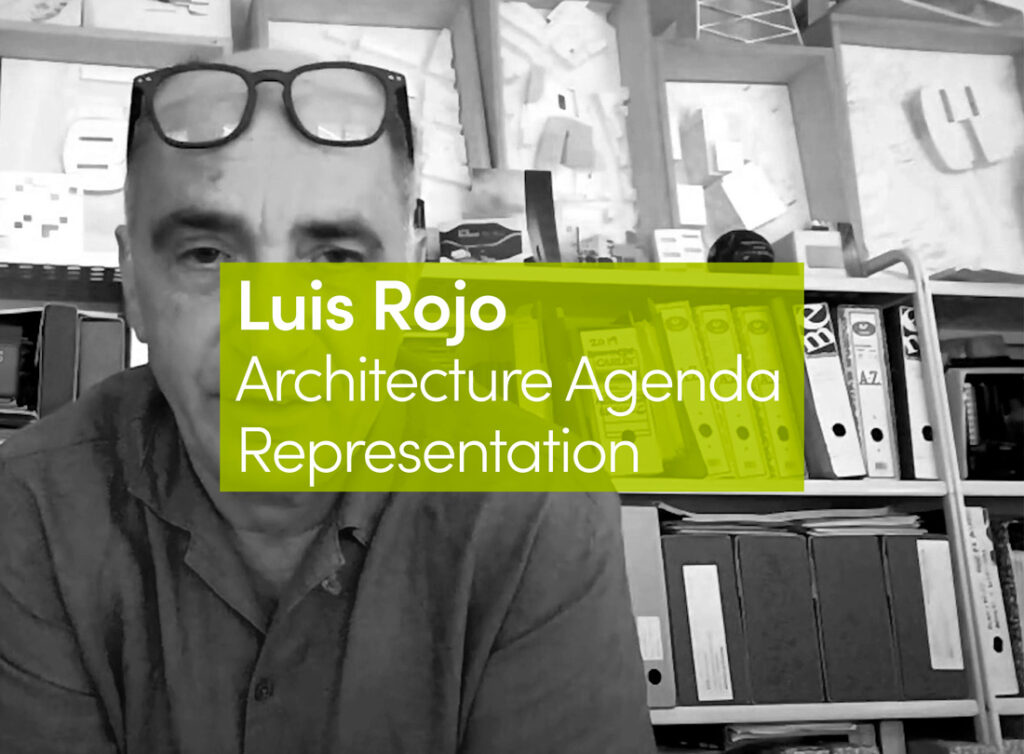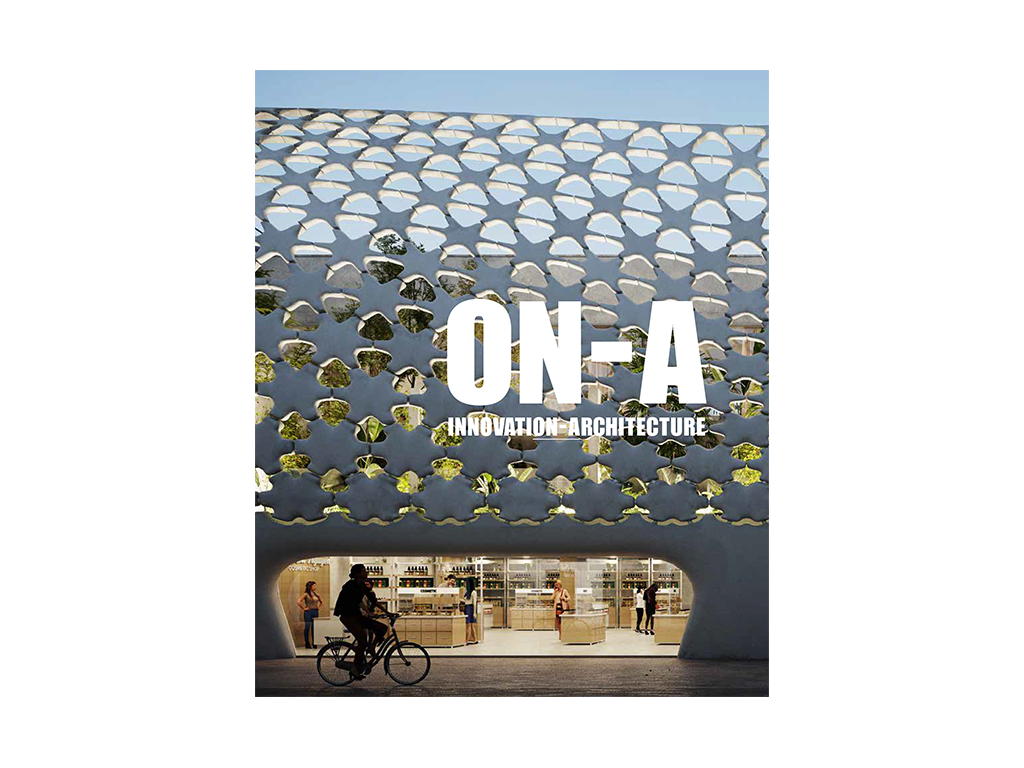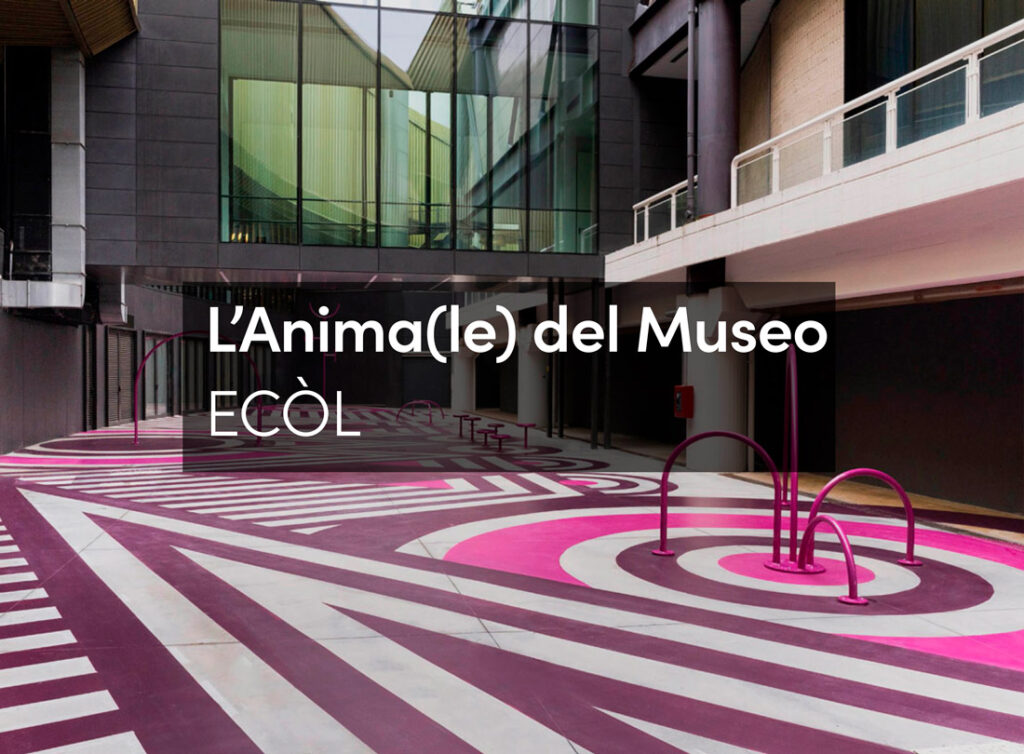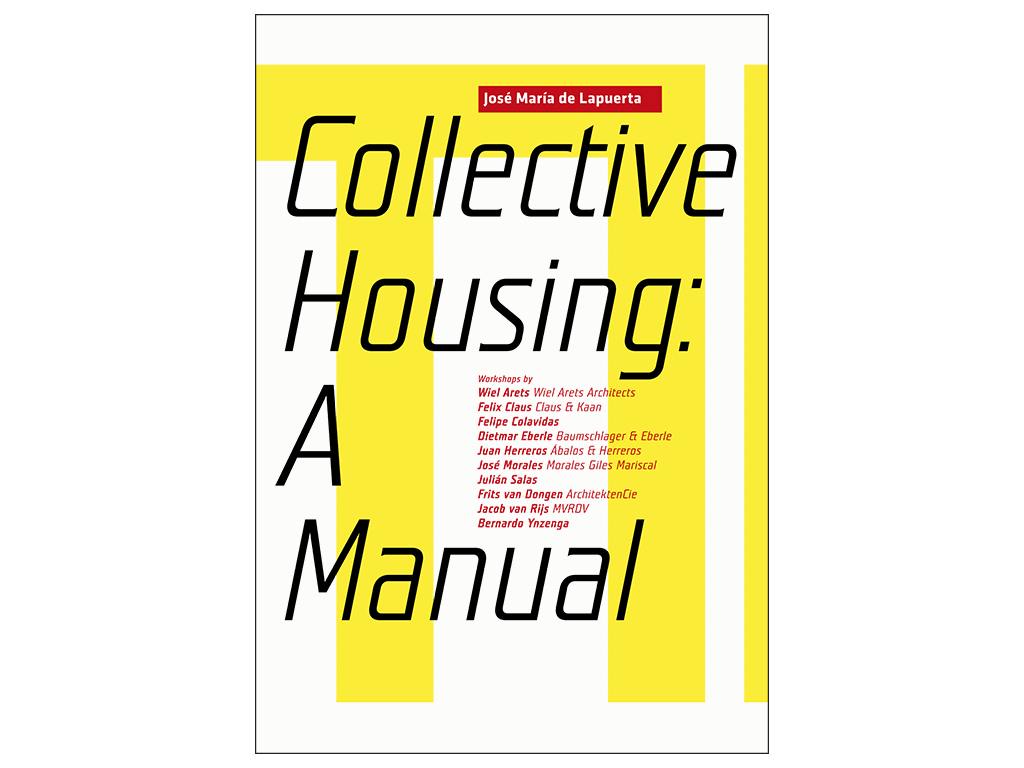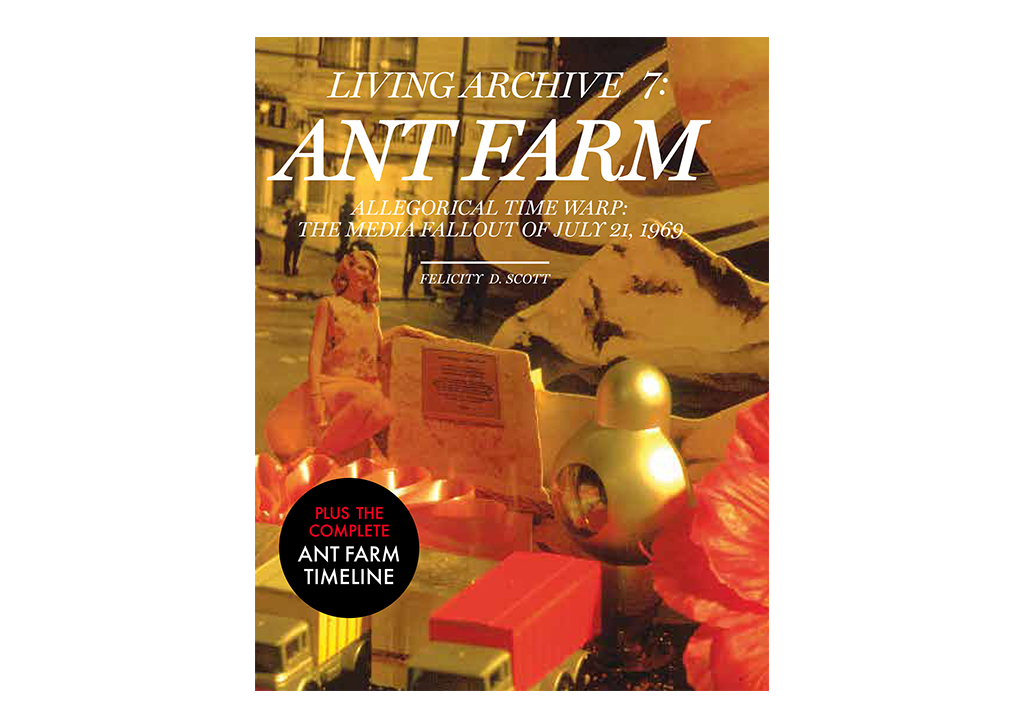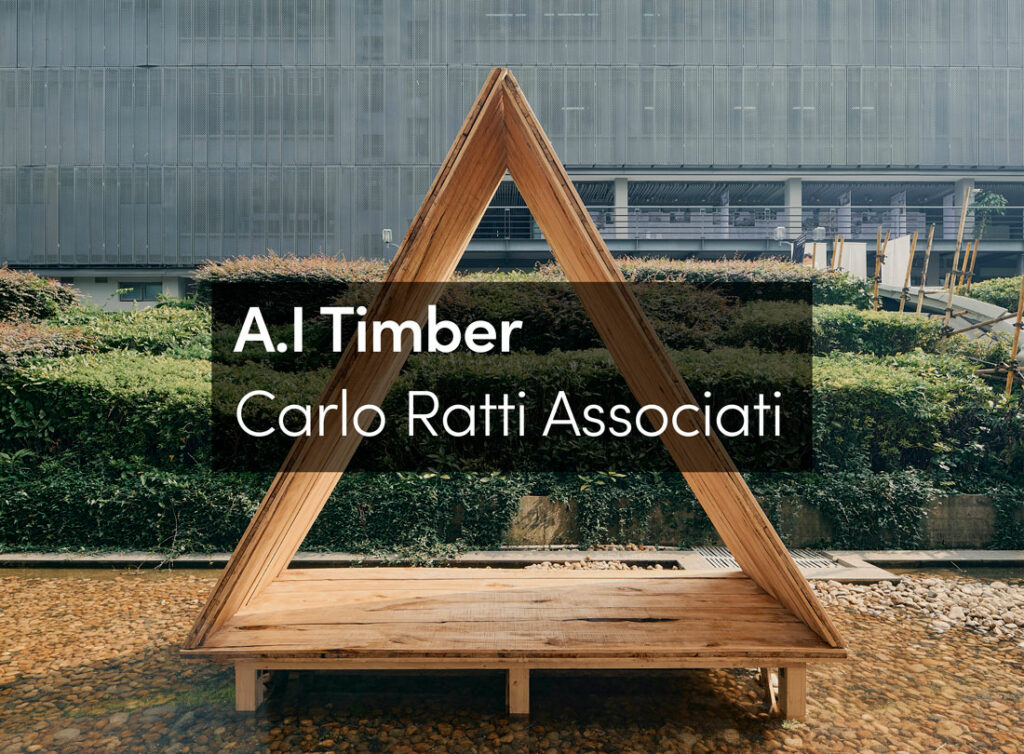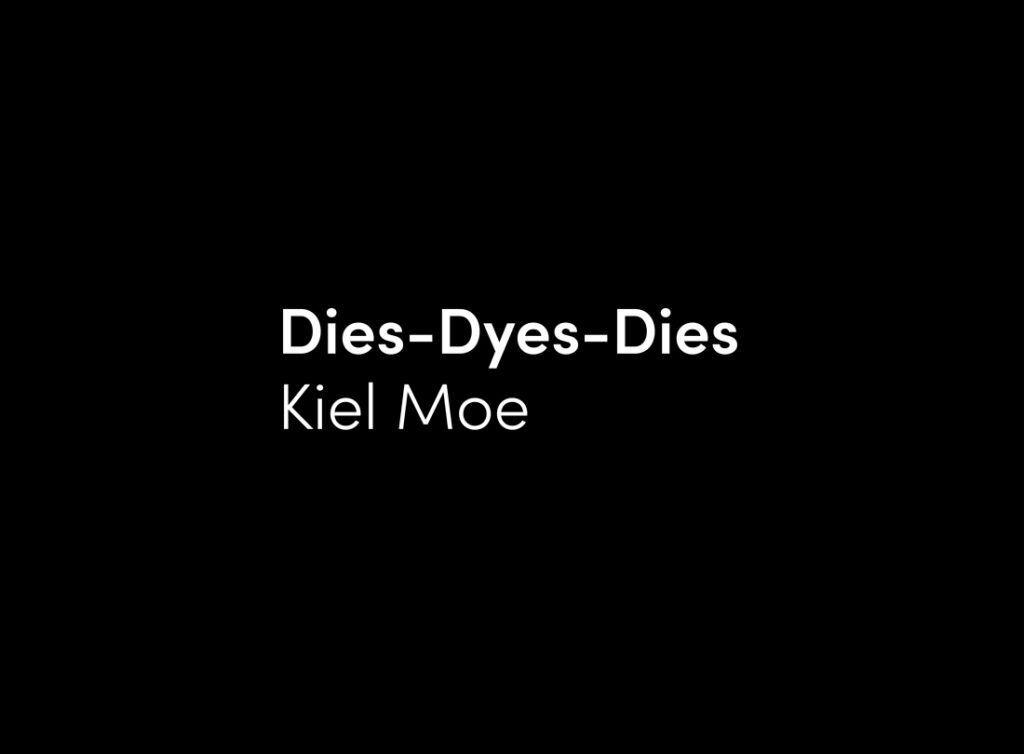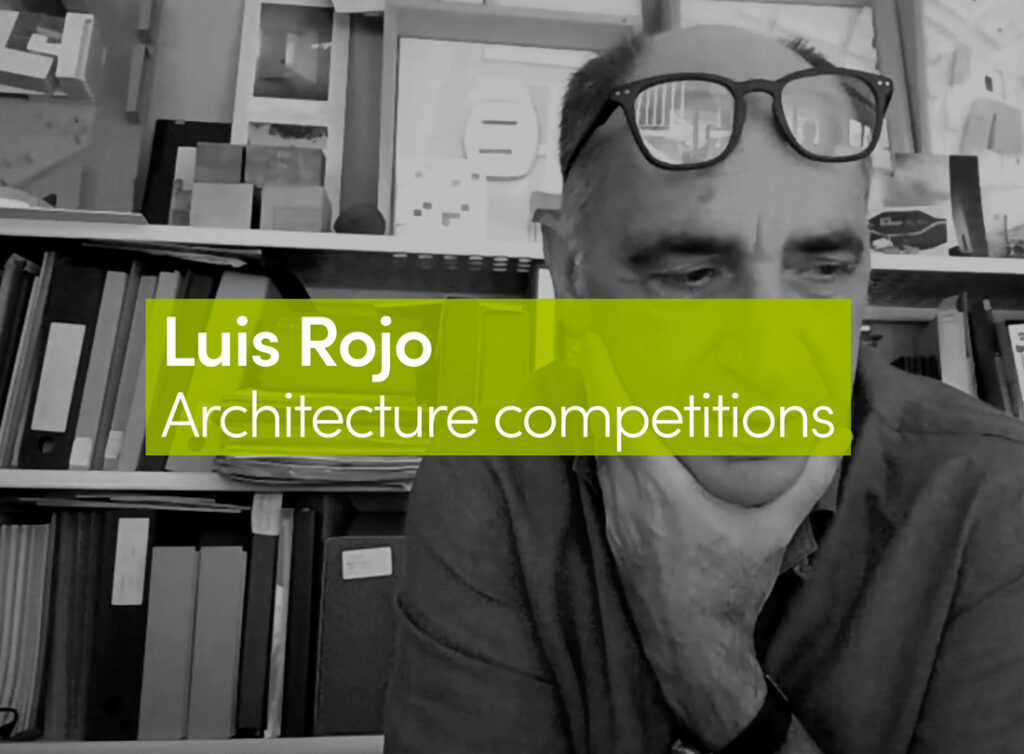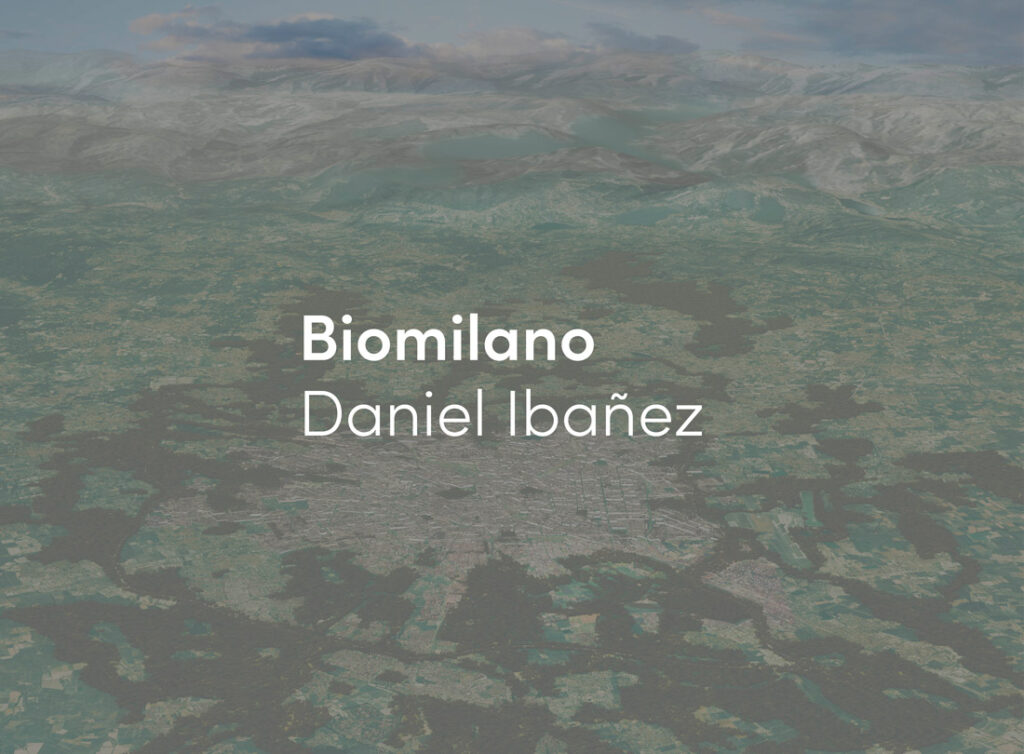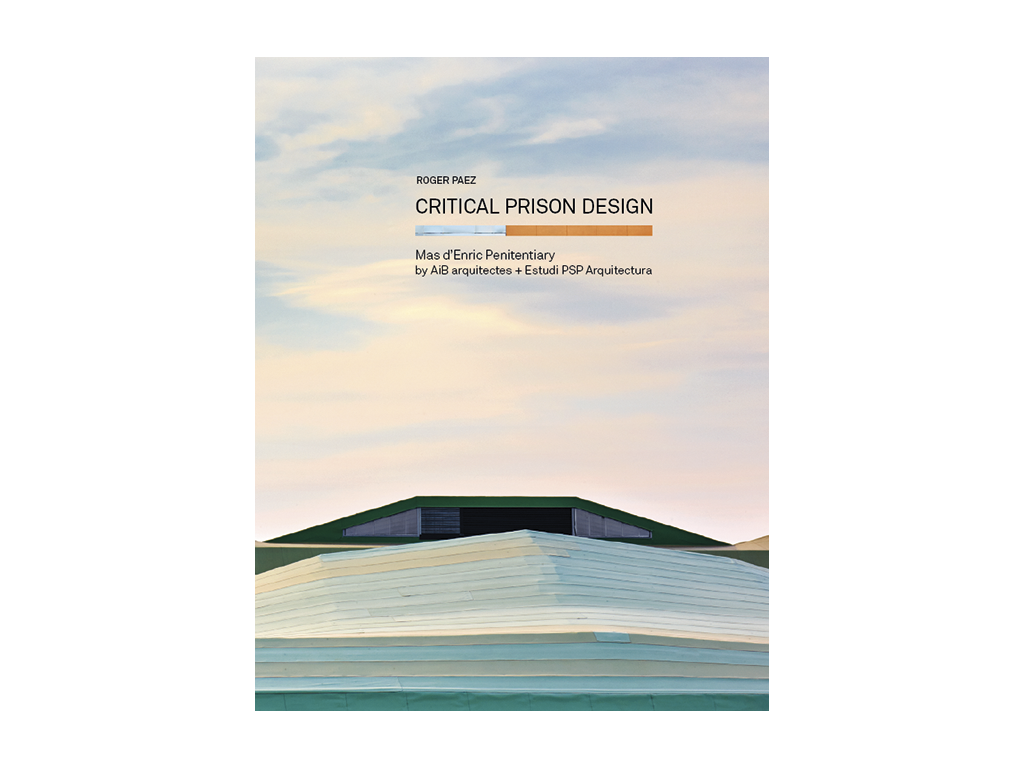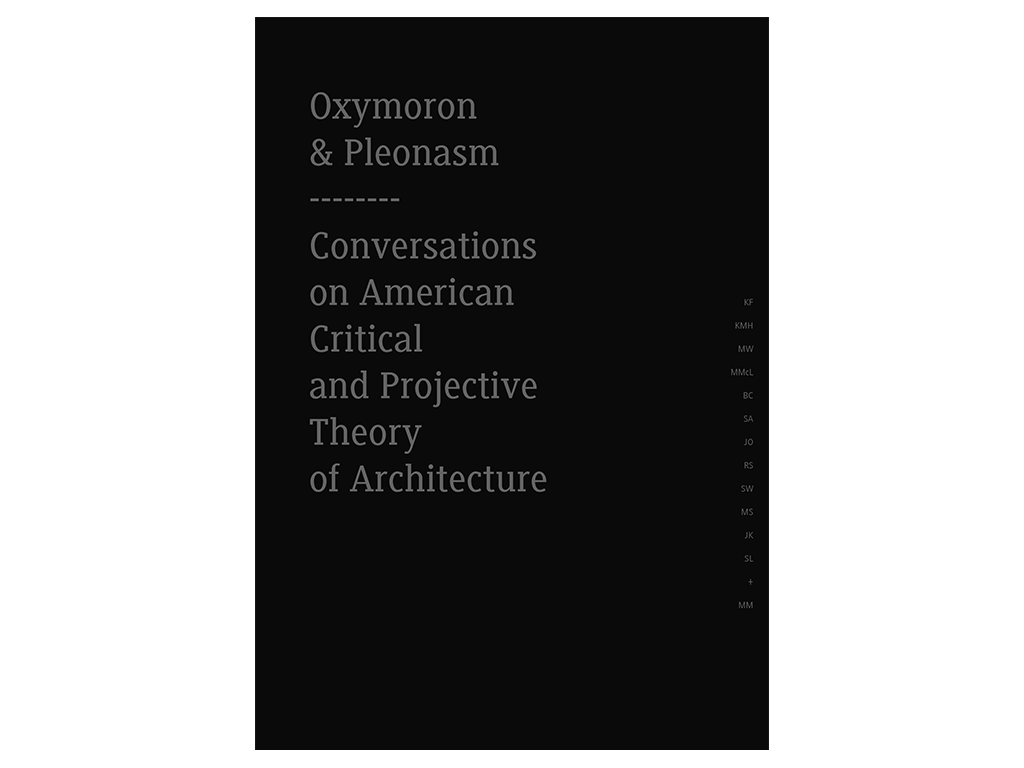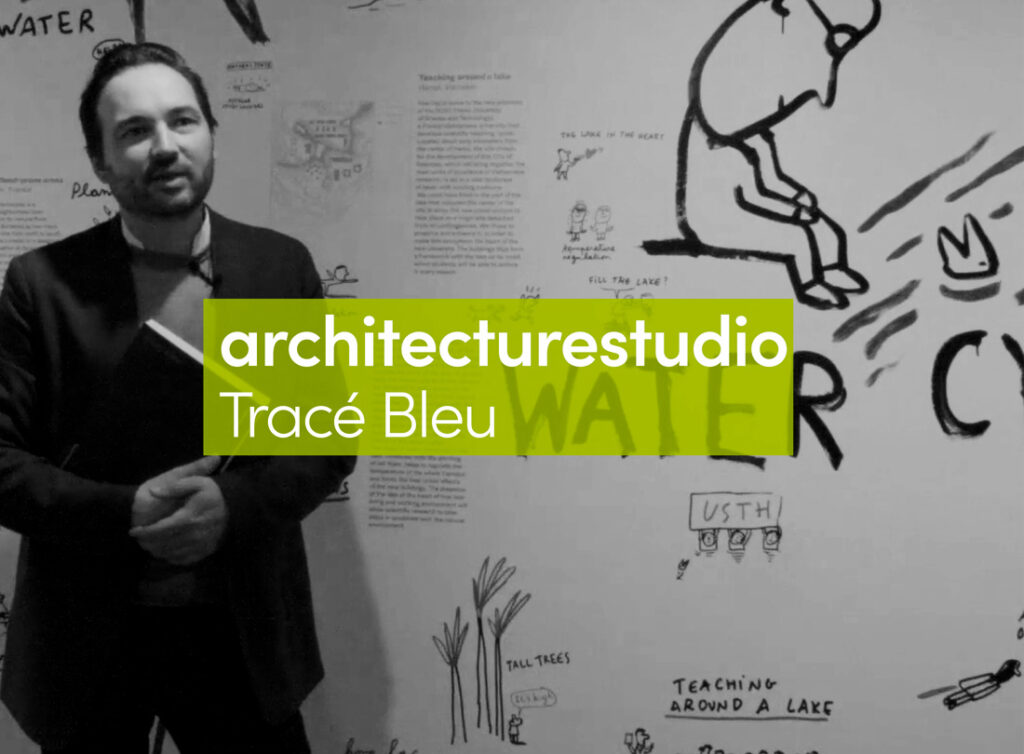The art or science of building; specifically: the art or practice of designing and building structures and especially habitable ones
Considering the recurrence of the question “what is architecture, for you?” in interviews, Q&As and autobiographies, architecture must be a discipline that is hard to define. Or, at least, it must be a discipline that elicits multiple definitions
In the introduction to S, M, L, XL, Rem Koolhaas offers his own: “Architecture is a hazardous mixture of omnipotence and impotence. Ostensibly involved in ‘shaping’ the world, for their thoughts to be mobilized, architects depend on the provocations of others.” [i] This particular definition places architects in a complex, position halfway between their aspirations and their actual opportunities – or, to put it differently, between their learned attributions and their usual tasks. Educated as instigators and drivers of urban and social change, most architects hardly live to see any of their designs become a reality, and this ambivalence is difficult to overcome. Indeed, it can be traced back to the modern definition of the architect as an independent professional, or rather as a professional that does not “shape” the world with her own hands, but always through an intermediary object – the project.
The project is the primary product of architectural labor, a purely virtual creation that is interpreted, translated and turned into built matter by other professionals. Consequently, any project encapsulates new visions of the world that lack the ability to break free from the paper autonomously. In this scenario, in order to recognize an architect as the author of a building it becomes necessary to accept and, to some extent, enforce that buildings accurately materialize the guidelines captured in their design or, as Mario Carpo puts it, that buildings are understood as identical copies of their designs. [ii] That is the reason why the profession is completely bound to the documents that make such “suspension of critical disbelief” possible: [iii] more than on the provocations of others, architects depend on the documents that certify their labor, for they are the elements that legally underpin the foundations of their production.
It comes as no surprise, then, that the most accurate instruments for the delineation of the boundaries of the profession focus precisely on the documents of the architectural project, for it is their reproduction –and reproducibility [iv] – that, ever since the XV century, has enabled the existence of the architect as an autonomous creator. Indeed, it is in the legal regulation of these documents and their distribution where we can still find a precise definition of architecture amid the dripping fog of individual interpretations – one that permeates the regulation of intellectual property in architecture and, in spite of its apparent detachment from the conversations held in architecture schools, seems to describe with accuracy some of the most characteristic design dynamics of contemporary practice
Formation or construction resulting from or as if from a conscious act
On February 7, 1990, the United States Congress passed the Architectural Works Copyright Protection Act (AWCPA), the norm that introduced the concept of intellectual property in the field of architecture in the US. Following the main points of the Berne convention – ratified by Congress one year earlier and shared by most Western countries – the bill defines an architectural work as “the design [my emphasis] of a building or other three-dimensional structure.” [i] Not all architectural works, however, can be the subject of copyright protection: the text makes a distinction between “originally designed elements” and “functionally required elements” and states that only the former can be protected against (uncontrolled) replication.
To clarify this distinction, the subcommittee in charge of the wording of the act invited Michael Graves to explain the distinction between original, copyrightable elements and functional, non-copyrightable ones and, in a fascinating translation of the terms, Graves explained to the representatives the difference between the “internal” and “poetic” languages in architecture: while the former is “intrinsic to building in its most basic form – determined by pragmatic, construction, and technical requirements”, the latter is “responsive to issues external to the building” and incorporates “three-dimensional expressions of the myths and rituals of society.”[ii] What happens if both “languages” merge? Well, then the design cannot be copyrighted.
As Ana Miljacki has insightfully noted, this clarification implies a rewriting of the priorities of the discipline and, ignoring the organic nature of architectural design defended by most studio instructors, the law advocates for a conceptual separation of the functional elements of a building and the poetic gesture that sheathes them with originality, thus putting forth a professional model that emphasizes stylistic autonomy as the primary way of claiming intellectual property over a project. [iii] Conscious or otherwise, the copyright law in architecture is a construction with a very specific design.
This design, however, turns the regulation into something paradoxical from a historical perspective, at least if we accept that its main goal is to enhance innovation by protecting visually legible and “poetic” designs. If we continue reading the text, we discover that the separation of appearance and utility registered in the bill contrasts with the formats of reproduction and the means of distribution of the architectural work protected by the law. While buildings, drawings and models are bound to the control and intellectual property of the architect, “pictorial representations of the work (pictures, paintings or photographs) can be freely captured and distributed if the building is located in a public place”. [iv] This means that the documents that describe a project integrally – that is, including its technical, functional and aesthetic aspects – remain legally attached to the architect, while those that primarily capture the appearance of the building may be freely reproduced in the space of media – and inspire any architect longing for a point of reference. Ironically, a law conceived in the dusk of the Postmodernist decade can be read in hindsight as a prescient user’s manual for the dynamics of exchange, consumption and use of architectural information that have characterized the discipline since the advent of the Informational Revolution in the early 1990s.
The emergence of the internet and the ensuing boom of web dissemination formats has profoundly transformed the ways in which architects communicate their production, particularly with regard to the documents that cross their screens, and pictorial reproductions have become the most important tools for dissemination of the architectural work in the age of the World Wide Web. Evidently, this ascendance isn’t just noticeable in the field of architecture; it is a tenet that permeates all facets of contemporary culture. As Joan Fontcuberta has observed, the immateriality, ubiquity and instantaneity of new media goes hand in hand with an expansive need for content that results in an important recalibration of the properties traditionally associated with quality: profusion, immediacy and connectivity are to the internet what originality, completeness or permanence were to print media. [v] In this scenario, pictures have emerged as the quintessential informational asset for most visual practices, for their ability to condense words is only matched by their capacity to adapt to manifold interpretations.
A quick glance at the most successful websites dedicated to the dissemination of architecture – websites like Archdaily, Dezeen or Houzz, with a current average of 12 million monthly visits – is enough to demonstrate the present reach of this iconic colonization. On such platforms, the percentage of photographs and renderings in relation to other formats like drawings, text or diagrams is around 70%, but this isn’t just a question of quantity. In most entries, the high quality of the photographs contrasts with the bashfulness of drawings and details, as if architects, following the principles of the copyright law, were suspicious of their dissemination. As a result, pictorial representations have come to make a clean sweep of the informational ecosystem in architecture, taking on a new projective role in the assembly line of architectural creativity.
Interestingly enough, the AWCPA anticipates the instrumental function that pictures play in the design dynamics of the first decades of the XXI century and, instead of describing them as reproductions, the law qualifies pictures, paintings and photographs as representations, that is, as the essential instrument of architectural labor. Let’s not forget that, while reproductions stem from an existing reality, representations also anticipate it, becoming a mediator between things and thoughts – an ability that, for a long time, was rarely assigned to photography. However, the emergence of digitization, the refinement of visualization software and the universalization of editing programs like Adobe Photoshop have turned photographs into operative documents that can be easily used for the generation of new cultural products.
In architecture, this productive turn has had a particularly visible impact on those parts of the planet that have experienced an intense urban development in the last decades, like the Middle East or East Asia. Rem Koolhaas reported on the eve of the new millennium that, in said areas, the use of photographs at the beginning of the design process has become a standard for many architects thanks to the possibility of translating the content of any picture into form with ease – a form that can subsequently be filled with any kind of program. [vi] This design paradigm – craftily defined by Koolhaas as PHOTOSHOP© – has come to the fore thanks to a series of cases of extreme appropriation in recent years, including a design by Zaha Hadid Architects in Beijing that was replicated in the city of Chongqing before the completion of the original. [vii]
Regardless of such collateral cases, however, it is important to understand that, both conceptually and practically, in the last two decades photographs have reached a new projective status and, today, they not only reproduce the built environment but produce it by becoming an essential instrument of inspiration and design. From that perspective, the pictorial saturation that characterizes the digital environment in architecture must be analyzed as an integral aspect of some contemporary design dynamics, for, among many other things, it is this environment that provides architects with the references and ingredients for their production.
Architectural product or work
A recent, shared observation about the informational ecosystem woven by digital dissemination platforms seems to synthesize an initial outcome: the entries of the most-visited architecture websites are packed with projects that present similar, if not identical, formal solutions, regardless of their location, their size, their function, or even their spatial configuration.[i] Unlike in previous historical moments, this is a collection of highly iconic forms whose multiplication is devoid of manifestos or composition protocols, their legibility articulating a language made of signifiers that lack any shared grammar or, to put it differently, a group composed of members claiming for their total autonomy.
Despite its nonsensical foundations, this language begins to make sense when read against the professional code put forth by the copyright regulation in architecture. On the one hand, the law identifies stylistic autonomy as the factor that allows architects to claim authorship over a design, thus endorsing a type of practice that emphasizes the legibility of formal gestures and their separation from functional requirements, while, on the other hand, it liberates pictorial representations from any responsibility in terms of appropriation, turning them into the prime format for communication among architects. Bearers of visual models rather than internal rules, pictures become an essential inspirational ingredient and come to determine the design dynamics of a reality that, ironically, ends up saturated with versions of the same unique gestures.
That is how copyright law, a regulation that originated in the early decades of the Industrial Age but was implemented in the field of architecture on the eve of the Internet Age, has come to support a productive ecosystem similar to a bazaar, where multiple, simultaneous versions of the same products are sold as “the original”. Chaotic, overpopulated and constantly updated, the bazaar becomes an apt image to represent current architectural production, since it conceptually shapes a simultaneously creative and commercial environment characterized by projects that seek out uniqueness by silently mobilizing a shared collection of iconic forms.
Interestingly enough, the image of the bazaar has also been called upon in the last three decades to visualize some of the most successful anti-copyright creative practices, especially the open-source software movement, whose foundational texts refer to the bazaar in order to advocate for a creative method open to multiple participants and parallel versions, which abandons individual authorship in favor of the benefits of collective intelligence.[ii] Taking advantage of the immaterial essence of digital objects, the open-source movement replaced the linear workflow of the industrial society with a constellation of interactions and versions developed by multiple creators, thus substituting copyright for other forms of attribution, like Creative Commons, that interpret creation as an iterative process with no possible origin. The open-source bazaar, in short, stemmed from the banishment of copyright.
On the contrary, the architectural bazaar is rooted in copyright regulation and stems from a creative model based on individual authorship and the will for differentiation and singularity within an informational environment that turns traditional definitions of originality into a chimeric anachronism. Not surprisingly, the architecture that thrives in such conceptual ambivalence still defines itself in terms of originality, completeness and permanence, while its success builds on the profusion, immediacy and connectivity of its documents.




